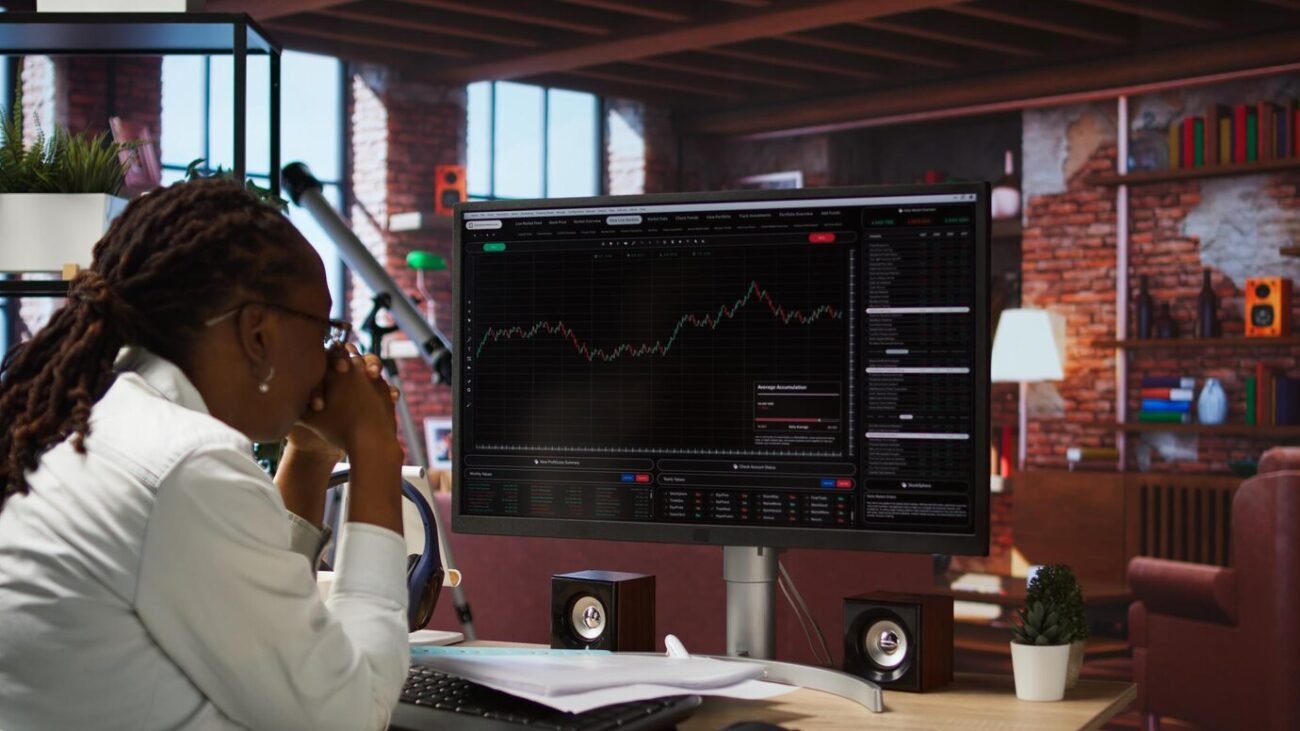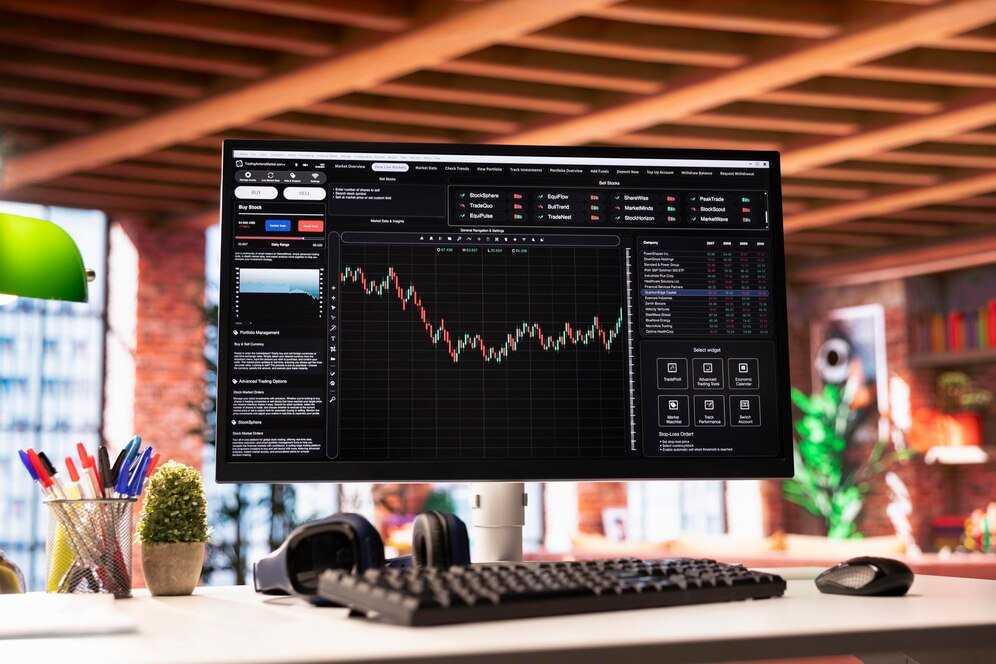The cryptocurrency market has come a long way since Bitcoin’s inception in 2009. From a niche concept discussed by cryptography enthusiasts to a multibillion-dollar global industry, cryptocurrencies have redefined finance. At the heart of this transformation are cryptocurrency exchanges, which have become central hubs for buying, selling, and trading digital assets.
As we look toward the next five years, the landscape of crypto exchanges is poised for even more dramatic changes. From regulatory developments to technological advancements and new trends in trading, the future promises to reshape the way we interact with cryptocurrencies.
In this blog, we will explore what the future holds for crypto exchanges and what traders, investors, and enthusiasts can expect in the next five years.
1. Greater Regulatory Clarity and Global Standardization
One of the biggest challenges facing crypto exchanges today is regulatory uncertainty. Governments around the world are grappling with how to regulate cryptocurrencies, with some countries taking a hard stance, while others remain more lenient. However, the need for regulatory clarity is becoming more pressing as the crypto market matures and attracts more mainstream participants.
What to Expect:
- Global Standards: In the coming years, we are likely to see a move towards global regulatory standards. Organizations like the Financial Action Task Force (FATF) are already pushing for anti-money laundering (AML) and know-your-customer (KYC) measures to be adopted universally. This will help create a more secure and transparent market.
- Clearer Tax Guidelines: As governments begin to understand crypto’s impact on their economies, clearer taxation policies will emerge, providing guidance on how crypto gains are taxed, including transactions on exchanges.
- More Licenses and Compliance: Expect exchanges to become more compliant with financial regulations and obtain licenses from regulatory bodies in multiple jurisdictions. As regulated exchanges proliferate, they will likely become the go-to option for institutional investors.
Impact on Traders: While stricter regulations may limit some aspects of crypto trading, they will also enhance security, reduce fraud, and increase the legitimacy of the industry. Regulatory clarity will give both traders and investors more confidence in participating in the market.
2. The Rise of Decentralized Exchanges (DEXs)
Decentralized exchanges (DEXs) are one of the most exciting developments in the cryptocurrency space. Unlike traditional centralized exchanges, DEXs allow users to trade directly with each other, without the need for a trusted third party.
What to Expect:
- Increased Popularity: As DeFi (Decentralized Finance) grows, DEXs will see a surge in usage. Ethereum-based DEXs like Uniswap and SushiSwap have already proven the concept, and the rise of Layer 2 scaling solutions and alternative blockchains will only expand the scope of decentralized trading.
- Improved User Experience: Early DEXs were notorious for being clunky and difficult to use. However, as the technology matures, expect better interfaces, faster transactions, and lower fees—making DEXs more accessible for both beginners and experienced traders.
- Cross-Chain Interoperability: The ability to trade assets across different blockchains without relying on a centralized intermediary will become more common. Cross-chain DEXs and atomic swaps will allow seamless trading between different types of digital assets.
Impact on Traders: For traders, DEXs offer greater privacy, security, and control over their funds. However, the risks involved, such as smart contract vulnerabilities, could make some traders hesitant. The future of DEXs lies in addressing these issues and making decentralized trading as seamless as centralized exchanges.
3. Enhanced Security Features and Protection Against Hacks
Security has always been a major concern for cryptocurrency exchanges. High-profile hacks and security breaches have resulted in millions of dollars being stolen, highlighting the vulnerabilities of centralized platforms. As more users enter the space and the stakes get higher, the demand for enhanced security features will intensify.
What to Expect:
- Advanced Encryption and Authentication: In the coming years, crypto exchanges will implement advanced encryption techniques and multi-factor authentication (MFA) to protect user data. Expect to see biometric authentication (face recognition or fingerprint scanning) becoming a common feature.
- Insurance Against Hacks: As security breaches remain a risk, more exchanges will introduce insurance for customers’ funds. This could take the form of fidelity bonds or custodial insurance, ensuring that traders are compensated in the event of a breach.
- Blockchain Analytics Tools: Crypto exchanges will integrate more advanced blockchain analytics tools to monitor suspicious activity and detect fraudulent transactions in real time. This will help prevent hacks and protect traders from losing funds.
Impact on Traders: Enhanced security will provide peace of mind for traders and institutional investors, encouraging more participation in the market. However, users will need to remain vigilant about protecting their personal keys and be cautious of phishing attacks and scams.
4. The Integration of AI and Machine Learning for Trading
Artificial Intelligence (AI) and Machine Learning (ML) have already begun to play a significant role in trading strategies and portfolio management, and their integration into crypto exchanges will only increase in the coming years.
What to Expect:
- AI-Driven Trading Bots: Crypto exchanges will likely provide AI-powered trading bots that can analyze market data, predict trends, and execute trades on behalf of users. These bots will become more sophisticated and efficient, allowing users to automate their trading strategies.
- Risk Management Tools: Advanced AI tools will enable exchanges to offer risk management features tailored to individual traders. These could include real-time risk assessment, portfolio optimization, and alerts for potentially risky trades.
- Market Sentiment Analysis: AI can analyze vast amounts of social media and news content to gauge market sentiment. Expect exchanges to integrate sentiment analysis tools that can help traders make data-driven decisions.
Impact on Traders: For active traders, AI will bring more sophisticated tools for executing trades and managing risk. Beginners will also benefit from AI-powered trading bots, which can automate strategies and reduce the complexity of trading.
5. Crypto as a Payment Method: Increased Adoption
As cryptocurrency adoption grows, we will see more exchanges integrate with payment networks and provide services that bridge the gap between traditional finance and crypto. This includes using cryptocurrencies like Bitcoin and Ethereum for everyday purchases and transactions.
What to Expect:
- More Merchant Acceptance: Over the next five years, expect to see more merchants and retailers accepting Bitcoin and other cryptocurrencies as payment for goods and services. This will likely be facilitated by exchanges that offer crypto-to-fiat conversion and wallet solutions.
- Fiat-Crypto Debit Cards: Many exchanges already offer crypto debit cards that allow users to spend their crypto at any merchant that accepts Visa or Mastercard. These cards will become more widespread, allowing people to seamlessly spend their crypto holdings.
Impact on Traders: As cryptocurrencies become more widely accepted as payment, traders will experience greater liquidity and utility for their assets. This can help bridge the gap between traditional finance and the crypto world, offering new ways to use digital assets.
6. Increased Focus on User Education and Accessibility
Despite the rapid growth of the cryptocurrency industry, many newcomers still struggle with the complexities of trading and investing in digital assets. The future of crypto exchanges will be shaped by a focus on education and improving accessibility for all users.
What to Expect:
- Educational Resources: Crypto exchanges will increasingly offer tutorials, webinars, and online courses designed to help users understand the basics of crypto trading, security, and the technology behind blockchain.
- Simplified Platforms: Exchanges will continue to refine their user interfaces, making platforms more intuitive for beginners while still offering advanced features for experienced traders.
- Mobile and Web Integration: The future of crypto trading is mobile-first. Expect to see even more mobile-friendly platforms that allow users to manage their portfolios, execute trades, and stay updated with market trends on the go.
Impact on Traders: For newcomers, these educational tools will make it easier to learn how to trade and invest in crypto. For experienced traders, the increasing accessibility of platforms will lower the barrier to entry and promote wider participation in the market.
Conclusion:
The next five years promise to be an exciting time for crypto exchanges, with advancements in regulation, security, technology, and user experience. Whether you’re an active trader, a long-term investor, or a casual user, these changes will likely have a profound impact on how you interact with the cryptocurrency market.
By embracing the evolving landscape, exchanges will continue to improve their services, making the crypto space more accessible, secure, and user-friendly. As the industry matures, the future of crypto exchanges will become a central pillar of the global financial ecosystem, helping cryptocurrencies transition from a speculative asset class to a mainstream financial tool.
For traders, the coming years will provide more opportunities to diversify their strategies, use advanced tools, and take advantage of emerging trends in the rapidly evolving crypto market.













